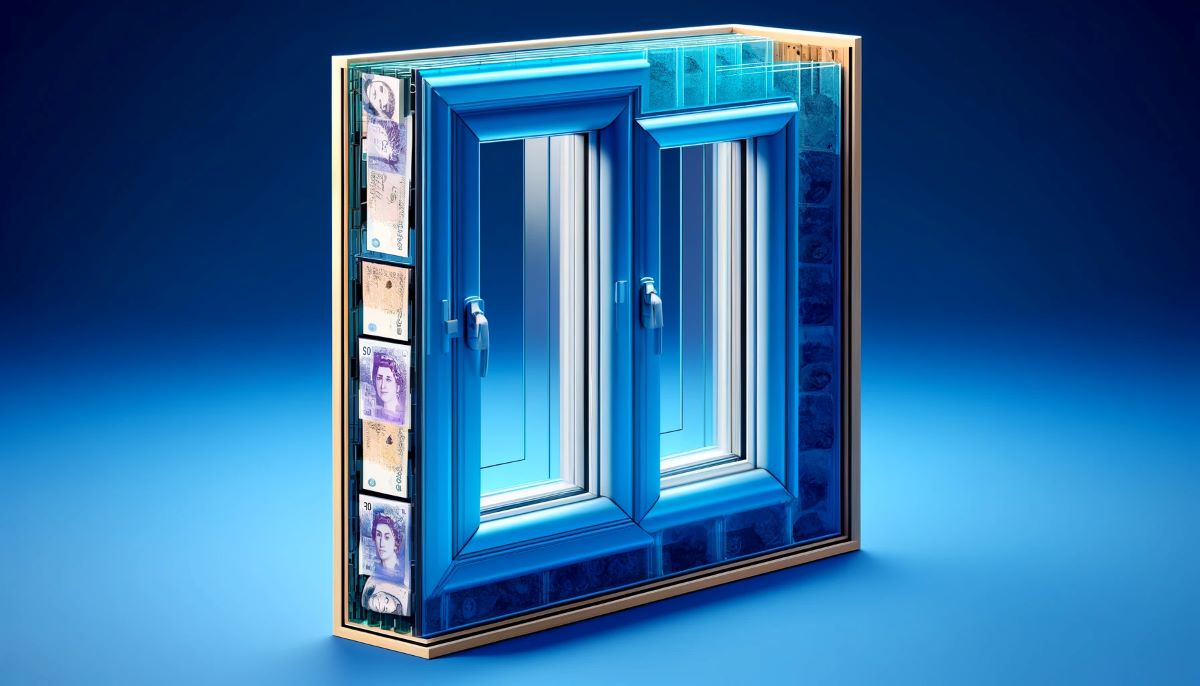The honest answer is: it’s very borderline.
Triple-glazing isn’t a solid bet in terms of financial payback, like loft insulation, or even double-glazing. But there are other benefits.
Installing triple-glazing on a 3-bed home would cost around £1000-£2000 more than double-glazing. You probably aren’t going to make that money back through energy savings.
But there are some scenarios where triple-glazing makes sense:
- North-facing windows
- Exposed or particularly cold locations
- In a Passivhaus
- By busy roads (although specialist noise-reducing double-glazing can be better )
- If you prefer them
This last point is key.
Triple-glazing keeps your home warmer, quieter, and more comfortable. They’re just a ‘better’ product than double-glazing. But you shouldn’t expect it to show in your bank balance.
How much does triple glazing cost?
Triple glazing costs around 25% more than single glazing. It’s purely due to the extra material and manufacturing cost of adding an extra pane.
How much energy does triple glazing save?
Triple glazing is about 50% more efficient than double-glazing. That sounds like a lot, and it is. But it’s nowhere near the benefit you get between upgrading single to double glazing.
‘Thermal transmittance’ is measured in U-values. A U-value essentially measures how much energy can escape. Lower is better.
- Single-glazing has a U-value of ~5.2
- Double-glazing has a U-value of ~1.2
- Triple-glazing has a U-value of ~0.8
As you can see, most of the energy gains have been made by the transition from single to double glazing. Some older double-glazed windows have a worse value than this, but the technology has improved – building regulations as of June 2024 now specify replacement windows can be no higher than 1.4.



